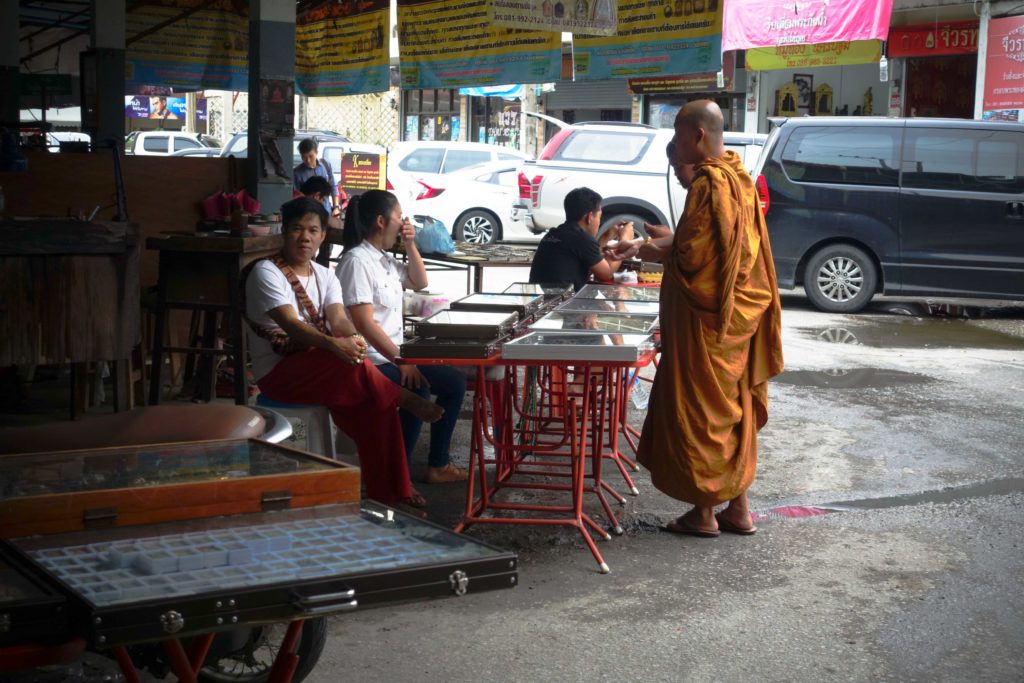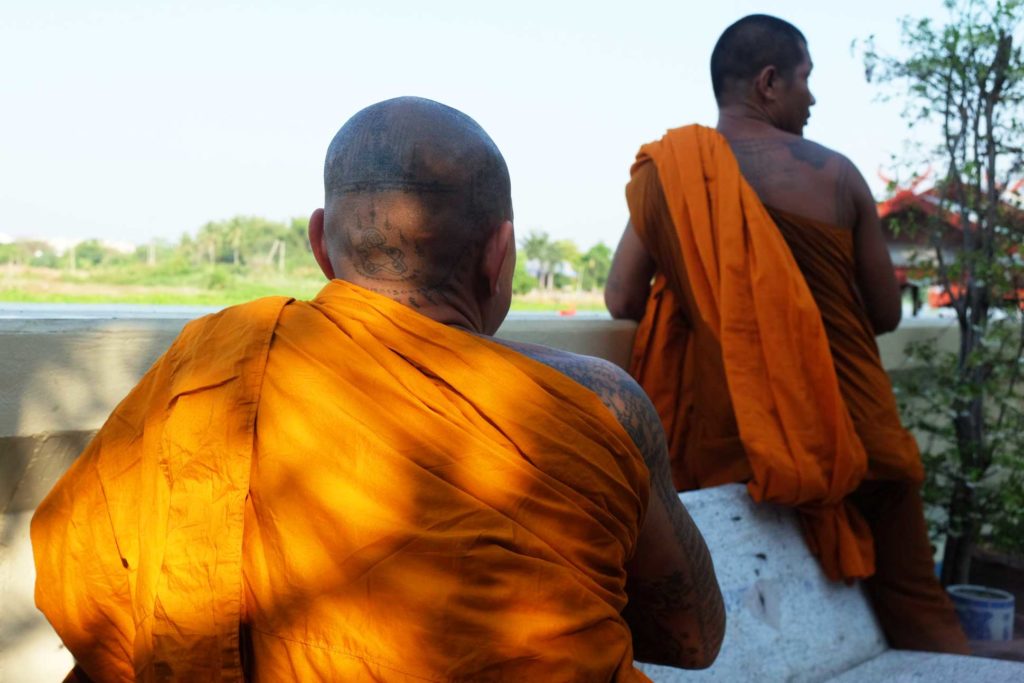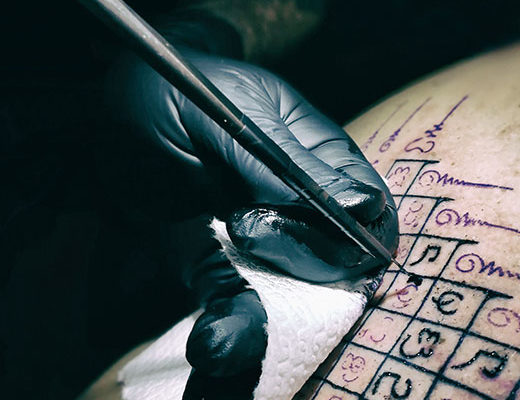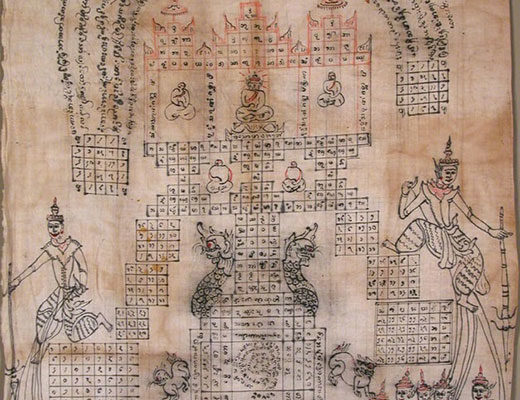Few people believe that Thais have the lock on Sak Yans, others that monks have the prerogative of this practice. The facts are actually quite different.
First of all we have to distinguish between the place where a tradition was born from the tradition itself. If we look at the current situation in Thailand, for example, we can see an increase of interest towards esoteric sciences that in many cases goes along with a decrease of the traditional Buddhist practice. Many people, indeed, approach the Reusi tradition, the lay practice and the monk practie in order to study these sciences and to get access to the wide Thai magic market which includes the application of Sak Yan and the manufacturing of amulets and rituals of any kind.

The market demand comes from Chinese, Malaysian, Singaporean which have large amounts of money and from many Thais which rely on esoteric sciences to escape from dukkhā (unsatisfactory human condition ) instead of nurtuting the Dhamma.
Unfortunately behind this interest is hidden the danger of ignoring the personal practice in favour of high remunaration. By saying that we don’t want to condemn money, which after all are necessary to our sustenance, but the attachment to it and the intention to gain fame and fortune.
We would like to remind you that a good practitioner should be lead by the Eightfold Path (right understanding, right thought, right speech, right conduct, right livelihood, right effort, right mindfulness, right concentration) regardless of the Eightworldy concerns (happiness-suffering, fame-insignificance, praise-blame, gain-loss). Moreover, we should keep in mind that the practice is fundamental to empower our magical actions. It’s important to follow Buddha’s Teachings if we want to help others throught our magical conduct and not only enrich our ego and our pockets. Even though there are many monks tattooing Sak Yans, it’s not correct to say that this practice is a prerogative of these figures. On the contrary, several times Buddha invited his monks to stay away from magical sciences since they were considered a distraction from their practice (see Kevatta Sutta, Samaññaphala Suttaecc).
Nowadays, the application of Sak Yan and the creation of amulets is an important part of many Thai temples and many Thai monks’s daily life. These activities often contribute to create a link between the lay population and the Dhamma, representing also a source of livelihood for the Sangha.

Samnaks (places where lay Ajahn and Reusis practice and offer their services) and temples still play a social key role in rural areas of Thailand. Here the practice of Sak Yan represents an occasion to bring people together and involve individuals, that could represent a potencial danger for society, to approach Buddha’s Teachings. In particular, a good lay Teacher is able to provide a practical transmission of the Dhamma. In fact, unlike monks, he must face daily common situations and problems with food, money, family affairs etc.
In the wide net of information circulating on the internet it’s often difficult to discern between the reliable ones and the incorrect ones. Getting in touch with a person who has a direct connection with these traditions should be the best approach to get the right understanding of specific topics.
For us in the West, linguistic, geographical and cultural barriers represents a limiting factor which precludes the access to some information. Obviously these complications lead many people to rely only on the information found on blogs and websites. It is often this superficial way to connect with the unknown that compromises the understanding of tradition.
Written by Reusi Bhālacandra




No Comments